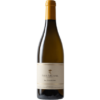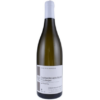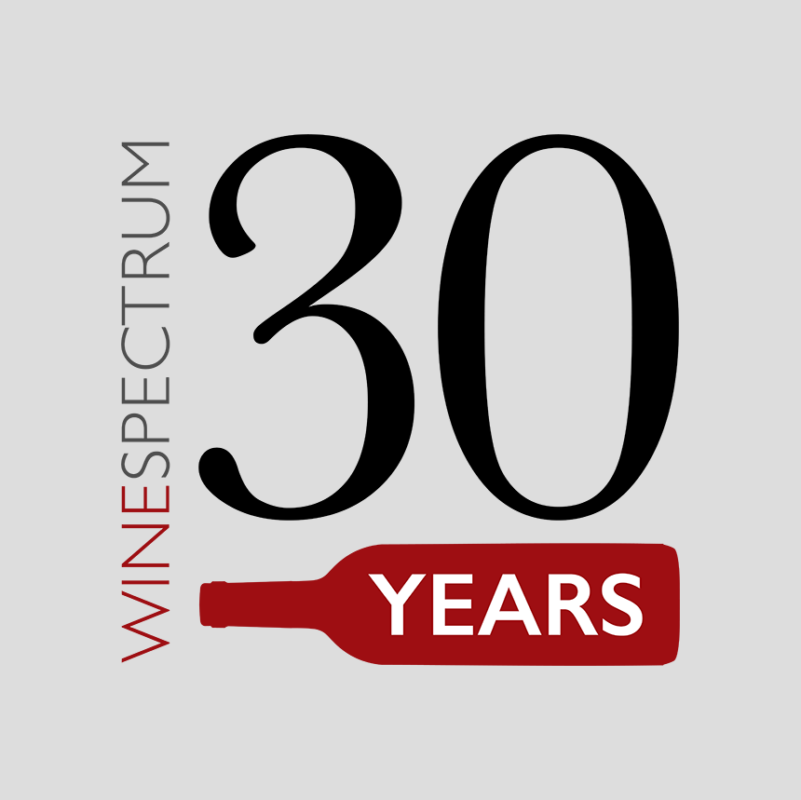WSI92 The wine expresses flint, herbal notes and citrus in the nose, classic traits of Chablis. Bright crisp acidity provides tension and backbone to the ripe flavors of melon, pear and almonds. Wonderfully versatile with food, this wine is as serious or playful as you would like.
Produced from estate grown and purchased fruit, these Petit Chablis parcels are mostly found on the crowns of the hills throughout the Chablis appellation. These are areas that historically were harder to ripen due to rocky soils and higher elevation, which is no longer an issue given global warming. These parcels now produce some of the purest, most striking mineral driven expressions of the Chardonnay grape. Vineyards: Average vine age 30+ years old. Located in the villages of Chablis, Fyé, Maligny & Beine
Indigenous yeast fermented, Malolactic, Stainless Steel Vat Fermented & Aged
There are records confirming that the Laroche family owned vineyards in Chablis dating back to the late 17th century. Henri and Madeleine Laroche spent their entire lives building the family estate which their son Michel (the current patriarch) then used as the foundation for building a hugely successful wine business (Domaine Laroche) beginning when he took over the reins in 1967. In 2010, he sold his stake in this business, keeping the historic vineyards that he had inherited, and began the process of creating a family domaine with his children Margaux and Romain and his wife Cécile, that would then be called Le Domaine d’Henri, in hommage to his father.
They have designed a modern winery large enough to handle their current and estimated future needs for space, but small enough to be operated during most seasons by one or two people. In the vineyards, the 17 hectares are farmed in a manner that the Laroches call “95% organic”. This means that on a normal basis, all procedures adhere to the organic regimen however they will not give up their option to use a treatment when absolutely necessary to save the crop, so they have chosen to not go through the certification process.
The wine-making here is patient, traditional and forward looking. Only naturally occurring indigenous yeasts are used and the malo-lactic fermentation is allowed to take place at its own pace. Armed with an array of brand new, temperature controlled stainless steel vats, the team is prepared for anything that the harvest throws their way. In addition, they have opted for a battery of large-format (600 liter) barrels for the proper aging of all their top Chablis appellations.
Laroche firmly believes that bottling should not adhere to a set schedule, for great Chablis needs time before bottling and it is not uncommon that a wine will spend a year in barrel and another year in vat before it is deemed ready to bottle.
| Varietal | |
|---|---|
| Vintage | |
| Appellation | |
| Winery_Name | |
| Wine_Type | |
| Size | |
| WSI_Rating |
Related products
Chardonnay
Chardonnay













